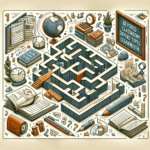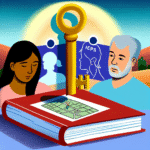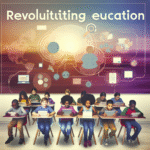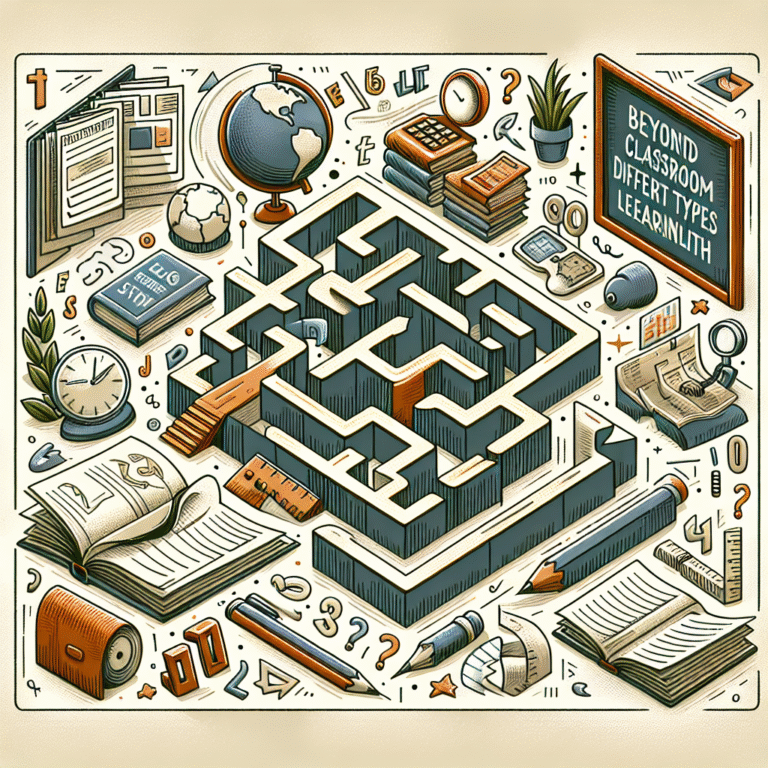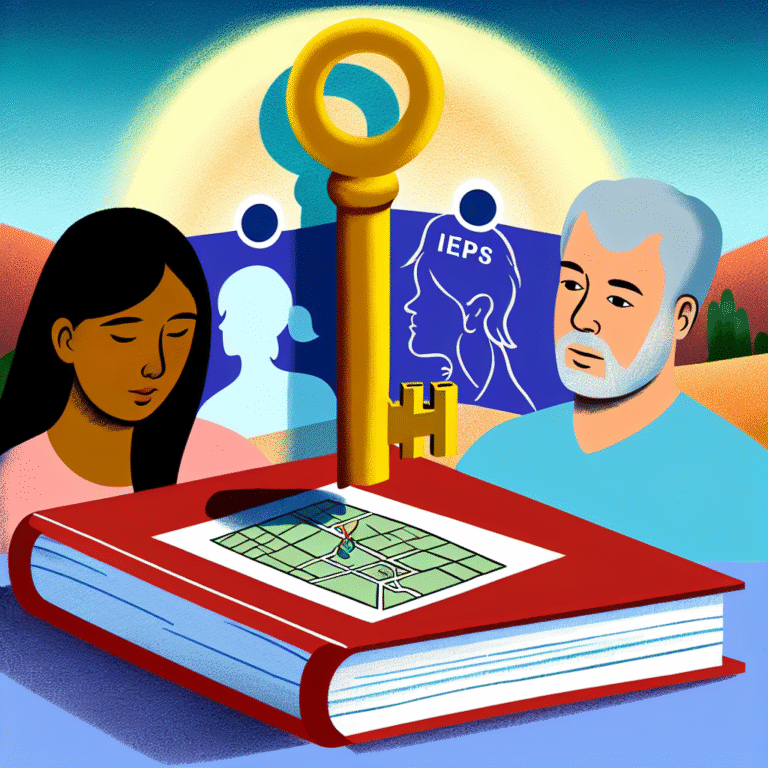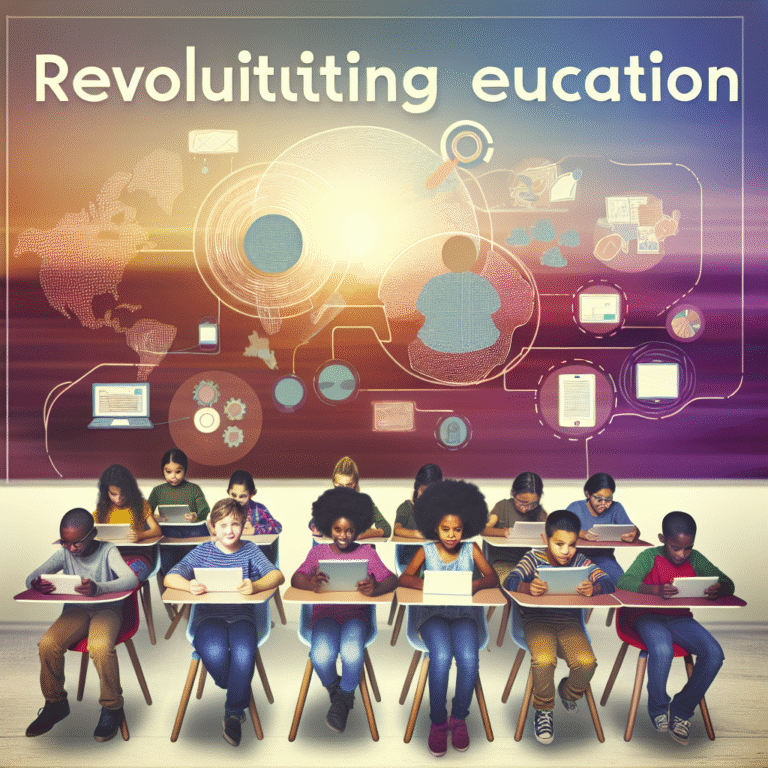
Empowering Every Learner: Essential Strategies for Teaching Students with Learning Disabilities
Introduction
In a world where education is evolving, the challenges faced by students with learning disabilities remain significant. These learners often encounter various barriers that hinder their academic success and personal growth. As educators, the responsibility to empower every learner—especially those with unique needs—falls on our shoulders. Today, we will explore Empowering Every Learner: Effective Strategies for Teaching Students with Learning Disabilities that can transform the learning experience.
Through innovative techniques, diverse approaches, and a supportive environment, we can ensure that learning becomes an inclusive journey for everyone. By the end of this article, you will be equipped with actionable insights to foster empowerment and inclusion in your classroom.
Understanding Learning Disabilities
What Are Learning Disabilities?
Learning disabilities (LD) encompass a range of disorders that affect the ability to understand, process, or use information. These might include dyslexia (difficulty reading), dyscalculia (difficulty with math), and ADHD (difficulty with attention). The prevalence of learning disabilities in the classroom is significant; estimates suggest that about 1 in 5 students may experience some form of learning challenge.
Recognizing the Significance
The early recognition and intervention of learning disabilities are crucial. When educators are equipped with strategies tailored for these learners, they facilitate not just academic growth but also emotional well-being. Understanding students’ unique needs fosters a positive environment where they feel valued and empowered.
Strategies for Empowerment
1. Individualized Education Plans (IEPs)
Creating an Individualized Education Plan (IEP) is one of the most effective strategies for supporting students with learning disabilities. An IEP outlines specific educational goals tailored to each student’s unique requirements. This approach emphasizes personalized learning, ensuring that the student’s strengths and challenges are taken into account.
Case Study Insight:
At Sunnydale High School, the introduction of IEPs resulted in a 30% increase in student engagement and performance. Teachers reported that students felt more in control of their learning and motivated to participate actively.
2. Multi-Sensory Instruction
Multi-sensory instruction involves utilizing multiple senses simultaneously to aid learning. This technique can significantly benefit students with learning disabilities. For instance, combining visual aids, auditory components, and hands-on activities helps solidify understanding.
Analysis:
Using methods such as Orton-Gillingham for dyslexia, educators can connect with students on a sensory level, making learning more tangible and engaging.
3. Universal Design for Learning (UDL)
Universal Design for Learning (UDL) is an educational framework that aims to optimize teaching for all individuals by providing multiple means of engagement, representation, and action. This strategy is particularly effective for students with learning disabilities as it accommodates diverse learning styles and needs.
Application Example:
Implementing UDL principles in a math class may involve offering different ways to solve problems, such as visual diagrams, interactive models, and calculators.
Creating an Inclusive Classroom Environment
4. Foster a Growth Mindset
Encouraging a growth mindset is crucial in empowering every learner. When students believe that their abilities can improve through effort and practice, they’re more likely to tackle challenges head-on. This mindset shift not only benefits students with learning disabilities but also enhances the entire classroom dynamic.
5. Supportive Peer Interactions
Peer collaboration offers students with learning disabilities beneficial opportunities to learn from each other. Group activities that capitalized on diverse strengths can facilitate positive interaction, foster friendships, and decrease feelings of isolation.
Case Study:
In a collaborative math project at Maplewood Academy, students with and without learning disabilities worked together, leading to improved academic outcomes and social skills.
Technology as an Empowering Tool
6. Assistive Technology
Incorporating assistive technology can significantly enhance the learning experience for students with disabilities. Tools like speech-to-text software and audiobooks can provide essential support.
Data Point:
Research shows that 70% of students using assistive technology demonstrate improved academic performance. With tools readily available, empowering every learner has never been more attainable.
7. Online Learning Platforms
With the rise of online learning platforms, personalized education has become more accessible. These platforms often offer adaptive learning environments that cater to various learning paces and styles.
Building Relationships with Parents and Caregivers
8. Open Communication Channels
Strengthening relationships with parents and caregivers creates a collaborative environment essential for student empowerment. Regular communication about goals, progress, and strategies can align efforts both at school and home.
Real-World Application:
At Crestview Elementary, teachers maintain an open-door policy for parents. This strategy has led to increased parental involvement and enhanced student outcomes.
9. Workshops and Resources
Offering workshops for caregivers about learning disabilities and effective strategies can lead to better support at home. This not only strengthens the student’s learning experience but also cultivates a community of understanding.
Continuous Professional Development
10. Ongoing Training for Educators
Teachers should continuously seek professional development opportunities that focus on best practices for teaching students with learning disabilities. Workshops, seminars, and online courses can provide invaluable insights into new techniques and strategies.
Conclusion
The journey towards Empowering Every Learner: Effective Strategies for Teaching Students with Learning Disabilities is a fulfilling one. By implementing tailored strategies such as IEPs, multi-sensory instruction, and promoting a growth mindset, we can transform the educational landscape for these learners. Ultimately, empowering every learner benefits not only the students themselves but enriches the entire classroom experience.
As you embark on implementing these strategies, let the goal of fostering confidence and engagement guide your efforts. Together, we can turn challenges into opportunities, ensuring that every child has the chance to shine.
FAQs
1. What are learning disabilities?
Learning disabilities are neurological conditions that affect a person’s ability to process information, often impacting their academic performance.
2. How can I support students with learning disabilities in my classroom?
Implement individualized learning plans, use multi-sensory instructional methods, and promote a growth mindset to create an inclusive environment.
3. What role does technology play in supporting learning disabilities?
Assistive technology can significantly enhance learning experiences, providing tools that cater to various needs and learning styles.
4. How important is parental involvement in supporting students with learning disabilities?
Parental involvement is crucial, as it reinforces learning at home and fosters a supportive community around the student.
5. How can I promote a growth mindset in my classroom?
Encourage students to view challenges as opportunities to learn and celebrate their progress, cultivating resilience and motivation.
6. Where can I find resources for teaching students with learning disabilities?
Online platforms, educational websites, and local organizations often provide valuable resources and training opportunities for educators.
Through strategic implementation of these insights, educators can inspire and empower every learner, ensuring that no child’s potential is left untapped.
